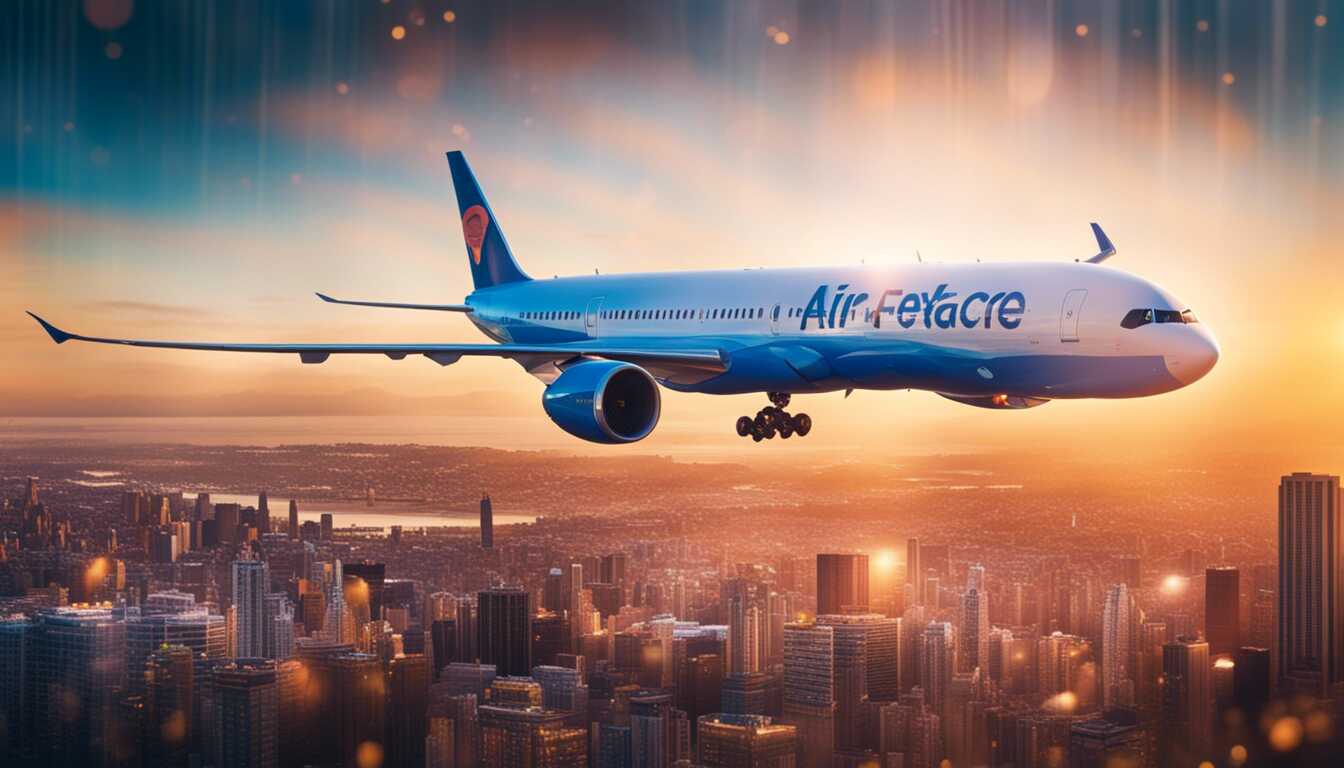
Airfare prices drop 6.4% in january, causing industry concerns

According to the latest report by the Labor Department, airfare prices experienced a significant decrease of 6.4% in January compared to the same period a year ago. While this might seem like good news for travelers, industry experts are expressing concerns about the long-term implications of this trend.
Factors impacting airfare
January is traditionally a slower month for travel, as individuals tend to take fewer trips following the holiday season. Domestic travel typically experiences an uptick during school breaks and spring holidays, which could potentially offset the current decline in airfare prices. However, despite the decrease in prices, airlines are facing capacity constraints due to various reasons.
Capacity constraints and demand
Several factors such as engine recalls from Pratt & Whitney, congested airspace, and delayed aircraft deliveries have contributed to the current capacity constraints within the airline industry. The reduction in capacity is not expected to be resolved in the near future, leading to concerns about the sustainability of lower airfare prices. Additionally, airline executives have projected strong demand for air travel, including in the domestic market, as international destinations have opened up following the pandemic. This increased demand is anticipated to have a positive impact on airfare prices.
Outlook for airfare prices
Analysts have noted that the capacity decline is a result of artificial constraints due to aircraft delivery delays and engine issues, which are expected to persist. Despite the current decrease in prices, demand for air travel remains higher than the levels seen in previous years. As a result, industry experts anticipate a potential improvement in pricing as demand continues to outstrip capacity.
Implications on industry forecasts
Airlines such as Southwest and Alaska have adjusted their capacity growth forecasts for the year, reflecting the challenges faced by the industry. The grounding of Boeing 737 Max 9 planes last month also caused capacity constraints for operators such as Alaska and United. While the planes have since returned to service, the Federal Aviation Administration's decision to halt Boeing's production increase as it reviews manufacturing lines further adds to the complexities faced by the airline industry.
Challenges ahead
Industry leaders have highlighted various challenges, including hiring constraints, maintenance backlog, and supply chain issues, which are expected to persist in the near future. Despite the rebound in air traffic from its pandemic lows, there are lingering concerns about the operating environment within the industry and its impact on capacity plans. In conclusion, while the recent drop in airfare prices might appear beneficial for travelers, the underlying challenges faced by the airline industry raise doubts about the sustainability of lower prices. Capacity constraints, coupled with strong demand, are likely to have significant implications for airfare prices in the coming months, creating a complex operating environment for airlines and travelers alike.
Share news















